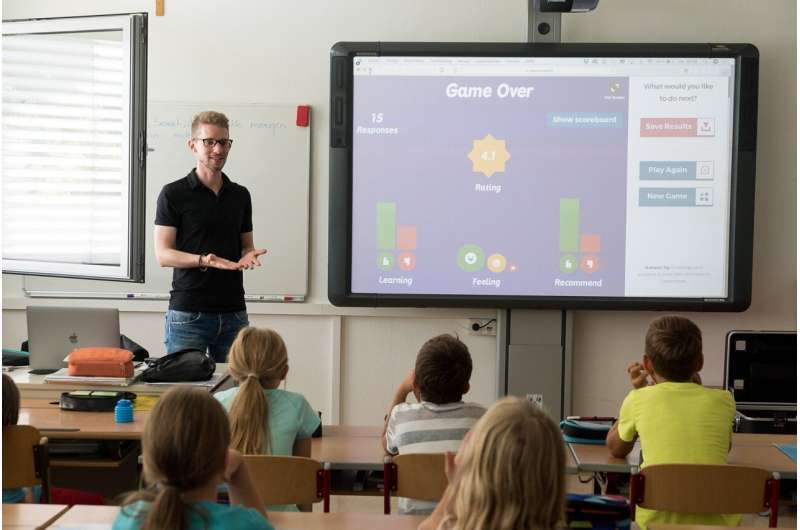This article has been reviewed according to Science X's editorial process and policies. Editors have highlighted the following attributes while ensuring the content's credibility:
fact-checked
peer-reviewed publication
trusted source
proofread
Sharing visual teaching categories through language

Category learning is a broad term that describes how people learn to classify things around them into various groups. We learn to visually distinguish between cats and dogs, for instance, or to identify specific dog breeds.
As children, we learn categories through visual examples, verbal explanations, or both, and are often guided by "teachers"—perhaps a parent or other adult. In contrast, academic research has primarily studied non-pedagogical learning where there is no active teacher, and learning based on visual examples, omitting verbal-based category learning.
A recent paper in Cognition by Arseny Moskvichev and co-authors aims to close this gap. The study investigates the differences between verbal, visual, and mixed-channel category communication.
When teachers were free to generate as much educational material as they wanted, verbal- and example-based communication were equally effective, although the best results were achieved when teachers used both channels of communication to share their knowledge. When teachers were limited to a much smaller amount of educational material, talking was more reliable.
This work is an important step in understanding the differences between language and visual examples in how they are used to share knowledge.
More information: Arseny Moskvichev et al, Teaching categories via examples and explanations, Cognition (2023). DOI: 10.1016/j.cognition.2023.105511
Journal information: Cognition
Provided by Santa Fe Institute





















